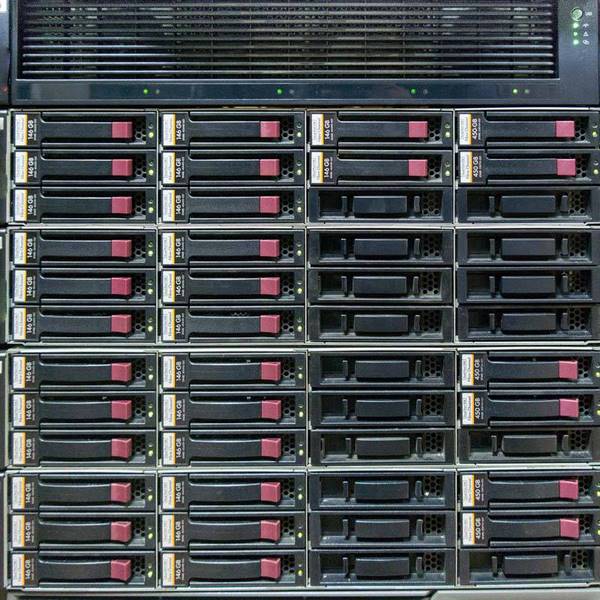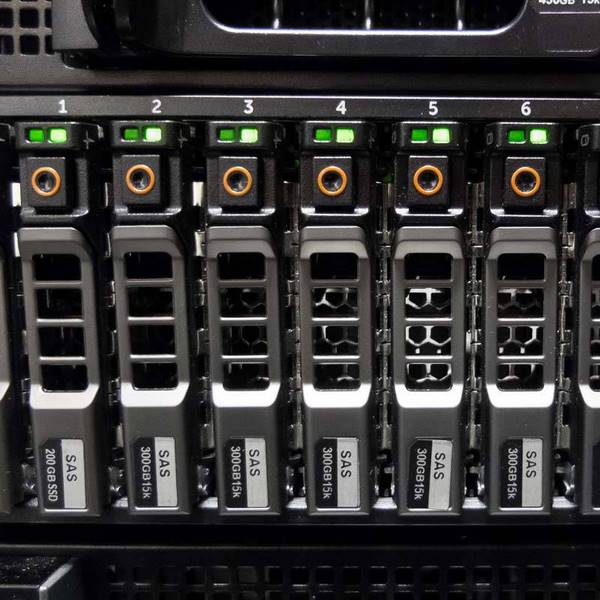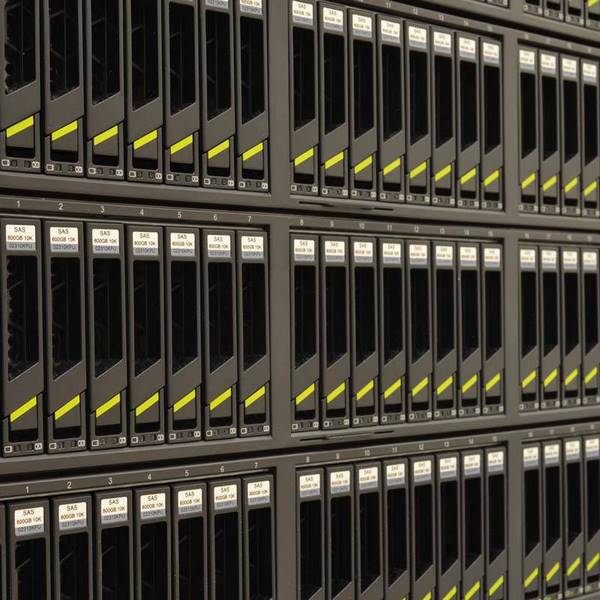RAID recovery
Don't let a failed RAID system cause you to lose your data. We can help you recover it after any type of RAID failure so you can access your data again as soon as possible.
Recovery in 4 main steps
Your RAID data recovery is divided in 4 main steps.
Step 1
Explaining the problem
15 minutes
By phone, on our website or directly at our laboratory, you tell us about the problem you've encountered. We'll advise you for free.
Step 2
Sending your Raid
Min 3 h.
Once we received the analysis request, a technician will contact you in order to evaluate the best way to send your RAID system to our lab.
Step 3
Analysis of your RAID
1 hour
As soon as we received the device, a data recovery specialist will analyse it in order to discover the kind of problem, the possibility of a data recovery and the costs.
If you agree with the costs, we'll do the repair and the data extraction as explain at pt. 4. If you don't agree, we'll stop the recovery process.
Step 4
Repair and data extraction
Min 1 day
We repair and change the deffective parts. We make then a bit-to-bit copy of your device, so we'll work on the copy and not on the original device.
We analyse these copies, determine the RAID parameters. Then we extract your data "on the fly". We deposit your data on new hard disks.
You get your data back
Define the problem
At SOS Data Recovery, we generally distinguish two main categories of problems that can occur on a NAS/SAN. The first category concerns software issues, which are related to configuration errors, software failures, or compatibility issues. These software problems can result in data access loss, file corruption, or read/write errors. In such cases, our team of data recovery experts utilizes specialized techniques to analyze and resolve the software problems, in order to restore access to your data as quickly as possible.
The second category of problems relates to physical issues, which are typically associated with physical failures of hard drives, RAID controllers, power supplies, or other hardware components. These problems can be caused by shocks, power surges, mechanical wear, or other factors. When it comes to hardware problems, our team has the necessary equipment and facilities to perform the required repairs in a controlled and safe environment.
Software recovery
If you did one of the following :
... the problem is certainly a
We make a security copy on a temporary hard disc. We analyse this copy, in order to extract your data, and send it back to you on a new device.
Hardware Recovery
Your NAS / SAN got through :
or your device :
... the problem is certainly a
If necessary, we'll open your device in a clean room. We repair it and make a security copy on a temporary hard disc. We analyse this copy, in order to extract your data, and send it back to you on a new device.
Whatever problem you encounter with your NAS/SAN, we are here to help. Our experienced team is available to answer all your questions, assess your situation, and provide you with the best data recovery solutions. Trust us to accompany you in this critical process and offer you a superior quality service.
The PLUS of SOS Data Recovery
RAID data recovery prices
After the analysis, we determine the nature of your device's problem (software or hardware failure) and tell you the appropriate price.
RAID 1
(mirror)
- Analysis < 3h
- Recovery min 24h
- 100% Swiss Made
- Listing of your data
- Security copy
- Successfull recovery Invoice
- Payment plans are possible
- Safe
- Format back
- Access the Extranet
- Begin
JBOD &
RAID 0 (striping)
- Analysis < 3h
- Recovery min 24h
- 100% Swiss Made
- Listing of your data
- Security copy
- Successfull recovery Invoice
- Payment plans are possible
- Safe
- Format back
- Access the Extranet
- Begin
RAID 5/6
(1-5 HDDs)
- Analysis < 3h
- Recovery min 24h
- 100% Swiss Made
- Listing of your data
- Security copy
- Successfull recovery Invoice
- Payment plans are possible
- Safe
- Format back
- Access the Extranet
- Begin
RAID 5/6
(+5 HDDs)
- Analysis < 3h
- Recovery min 24h
- 100% Swiss Made
- Listing of your data
- Security copy
- Successfull recovery Invoice
- Payment plans are possible
- Safe
- Format back
- Access the Extranet
- Begin
Options
Insurance in case of loss of your data
Most insurance companies now offer coverage for data recovery costs through new insurance policies/modules, whether for legal entities or individuals. This development in the insurance field allows policyholders to benefit from protection in case of data loss on computer systems. However, it is important to note that this coverage often depends on certain criteria, particularly the requirement that the data recovery company is based in Switzerland.
Depending on the coverage provided by your insurance, whether it's home insurance or property insurance, it is possible that a portion or even the entire cost of data recovery may be covered by your insurance. Therefore, it is recommended to carefully review the terms of your insurance contract to understand the specific details of this coverage. We are happy to assist you in these steps.
In the specific case of your liability insurance (RC), it is possible for it to cover the costs if you are responsible for the loss of data that could cause harm to others. For example, if you hold a financial position within a football club, the loss of data related to that club could have damaging consequences for the parties involved. In such a situation, your liability insurance could indemnify you by reimbursing the costs of data recovery incurred.
It is important to understand that each insurance company has its own conditions and criteria for covering data recovery costs. Therefore, we are happy to assist you in the administrative process to provide your insurer with all the necessary information for their decision-making.
Below you will find a list of insurance companies that cover the risk of data loss on computer media :








We are pleased to contact your insurer to verify if your insurance policy covers the costs of data recovery.
To do so, we invite you to contact us at the following number:
If you prefer to communicate in writing, you can also reach us by email at
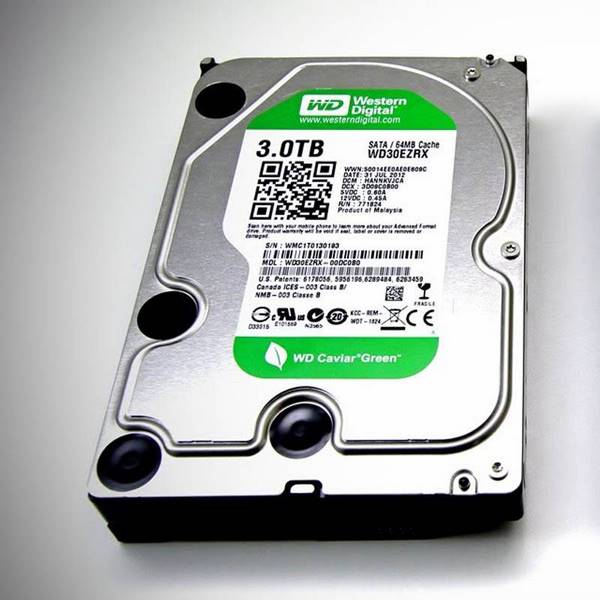
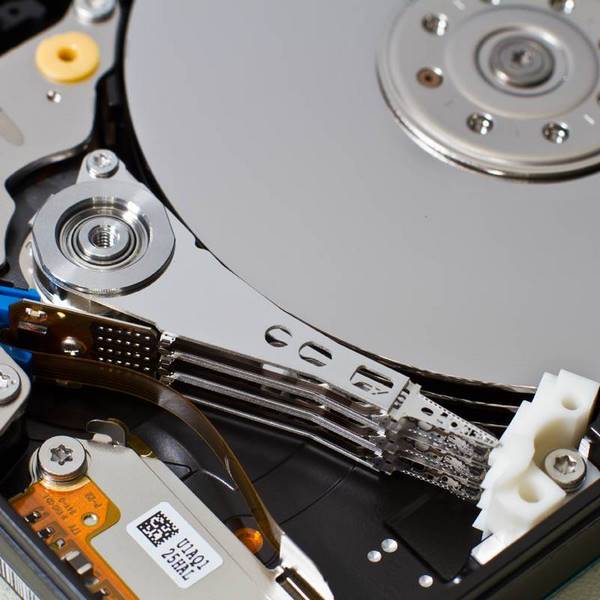
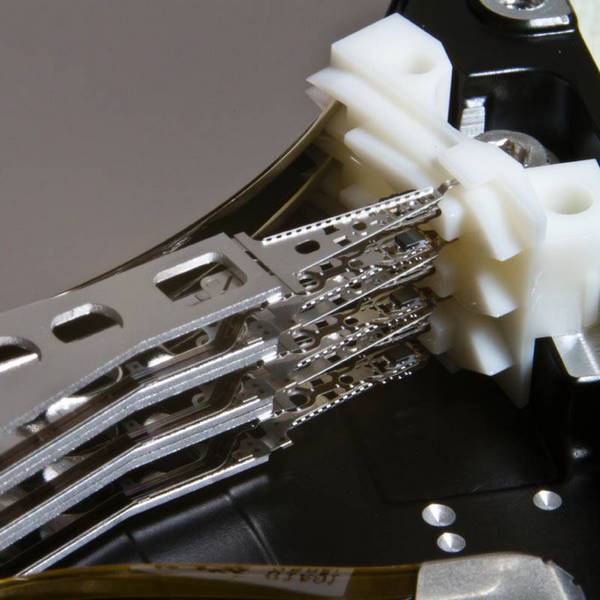
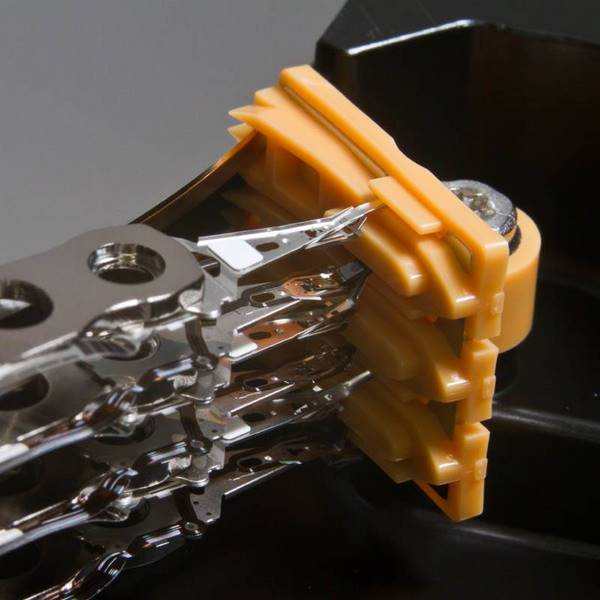




RAID history
The history of RAID dates back to 1987 when the term RAID was introduced in an article published by the University of Berkeley.
The word RAID is actually an acronym for "Redundant Array of Independent Disks," which can be translated to French as "Regroupement redondant de disques indépendants."
Implementing a RAID system allows achieving several essential objectives:
Two main types of RAID can be distinguished:
Therefore, there are secure RAID configurations and others that are not.
RAID 1, also known as mirroring, involves duplicating data onto two or more disks. This ensures information redundancy, so if one of the disks fails, the data remains accessible from the other operational disks.
RAID 5 uses a distributed parity approach to ensure data redundancy. The data is distributed across multiple disks along with parity calculations. In the event of a disk failure, the missing data can be reconstructed using the parity information stored on the other disks.
RAID 6 is similar to RAID 5 but with dual parity, allowing the simultaneous failure of two disks. This provides greater security for systems requiring high availability and enhanced data protection.
On the other hand, JBOD (Just a Bunch Of Disks) and RAID 0 do not provide data redundancy. JBOD simply allows grouping multiple disks to form a single volume without any redundancy or protection in case of a disk failure. RAID 0, on the other hand, focuses on performance improvement by striping data across multiple disks but without any redundancy. This means that the loss of a single disk will result in the loss of all data.
It is also possible to combine different RAID configurations to achieve specific results. For example, RAID 1+0 (or RAID 10) is a combination of RAID 1 and RAID 0, where the data is first mirrored and then distributed to improve performance. RAID 0+1 (or RAID 01) is the reverse, with data striping followed by mirroring. RAID 0+5 (or RAID 05) combines RAID 0 striping with RAID 5 distributed parity.
Managing RAID systems can be done either at the software level, through a software layer of the operating system (such as Windows, Linux, or macOS), or at the hardware level, using the computer's motherboard or ideally, a dedicated RAID controller specifically designed for this task.
